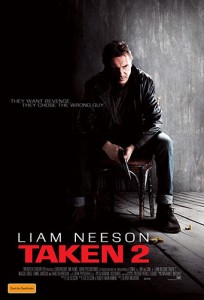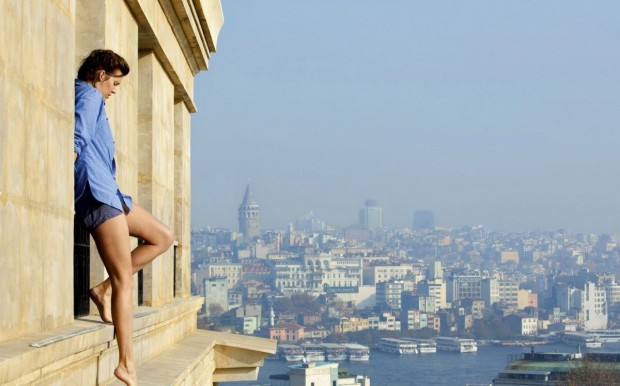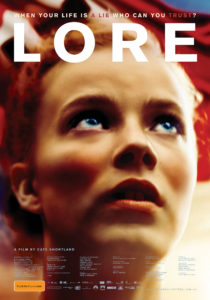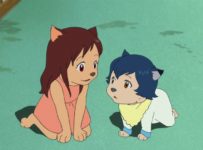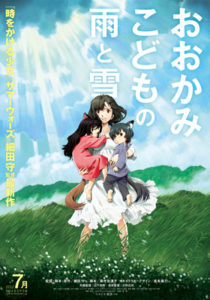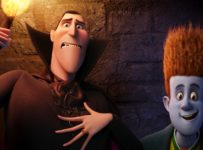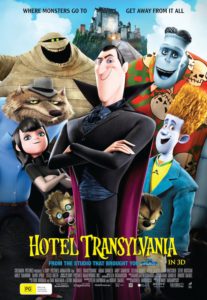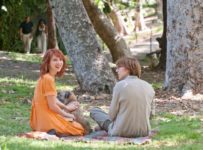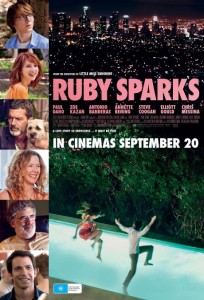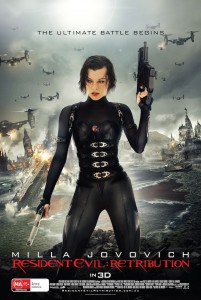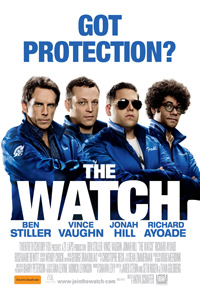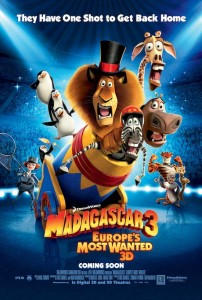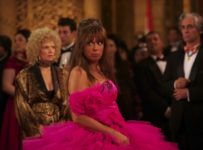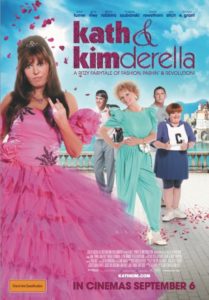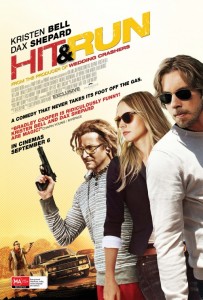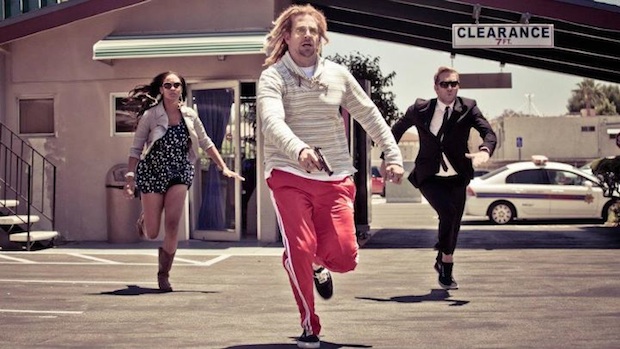A disappointingly hollow second outing that might raise the body count, but is also lighter on the fun.
[stextbox id=”grey” caption=”Taken 2 (2012)” float=”true” align=”right” width=”200″]
Director: Olivier Megaton
Writer: Luc Besson, Robert Mark Kamen
Runtime: 94 minutes
Starring: Liam Neeson, Maggie Grace, Famke Janssen, Rade Sherbedgia
Distributor: Fox
Country: US
Rating (?): Rental For Sure (★★)
If the original Taken created a screen action hero in Liam Neeson, then its sequel is about recapturing the magic in a bottle. When the first entry was released in 2008, it would be safe to say that nobody really saw it coming. The Oscar-winning actor became an overnight action sensation at the age of 56, taking out half of Europe’s underworld at a cracking pace in the process. The success of this role led directly to The A-Team (2010), the similarly plotted Unknown (2011) and this year’s surprisingly good The Grey. Yet Taken 2 fundamentally fails to understand the irony of its predecessor’s success, perpetuating the Neeson action status when the machine should be lining him up for The Expendables 3.
“The dead cry out to us for justice!” exclaims family head Murad (Rade Sherbedgia) as he mourns the loss of his son and the fellow clansmen killed by retired CIA man Bryan Mills (Neeson) in the first film. Mills takes some time off in Istanbul with his daughter Kim (Maggie Grace) and his ex-wife Lenore (Famke Janssen), but daddy-daughter-ex time doesn’t last too long when Murad’s gang snatches Mills and Lenore to do nasty vengeance things with them. Kim has managed to escape their clutches, and she must now run about an unfamiliar city as their only hope of rescue.
Taken pushed the boundaries of good sense in all the right ways, and remains a justifiably batty modern cult classic as a result. Yet Taken 2 throws all notion of logic out the window, writers Luc Besson and Robert Mark Kamen perhaps only remembering the ‘old man kicking ass’ elements of the initial outing. It would be easy to say that much of the problem lies in the character of Kim, who is for all intents and purposes a woman in her early 20s but behaves (and is treated) as a girl of 15. That much of her arc involves her running through the streets of Istanbul throwing live grenades, simply so that Mills can get a bearing on her location (!), only adds to the realisation that Taken 2 is a misguided venture from start to finish.
The unequivocal star of the genre has also been largely sidelined, with Neeson quite literally phoning in entire sequences from a basement. When he does finally spring back into action, it isn’t so much of a leap as a stumble, his six decades beginning to show in the more frenetic action sequences. The first entry could be characterised by its lightning speed, glossing over any plot deficiencies with pace and a pure adrenaline rush that we’ve come to expect from The Transporter‘s Besson and Pierre Morel. Yet director former graffiti artist Olivier Megaton (not his real name) fails to leave a distinctive mark on this entry, giving us enough time to not just stop and smell the gunpowder, but question its relevance as well.
If the first film can be accused of a thinly veiled racism, stereotyping Eastern Europeans and all of Albania for good measure, then the sequel dispenses with the veil, searches through its bags at the airport and holds it for questioning for an undisclosed period of time. The ‘other’ is very bad in this film, and despite the story of familial vengeance during the exposition, the enemy is a series of faceless and dispensable non-Caucasian cannon fodder. It doesn’t matter to Mills, as his politics are fairly straightforward: mow them all down before they can do any harm to his own people.
Given how disarmingly fun the first entry was, Taken 2 disappoints with its otherwise straightforward action flick. Perhaps it is the copycats that have poured out in the last few years, many of them starring Neeson, but the premise feels neither fresh nor entertaining. Indeed, it is insulting to the audience that made the first film a minor hit, throwing them the scraps that weren’t quite good enough to make the cut the first time around.
Taken 2 is released in Australia on 4 October 2012 from Fox.

